Nothing makes our hearts melt more than a sight of a sleeping dog! No matter what position they are sleeping in, it’s bound to make you go “aww”.
Every dog has their favorite sleeping position. As you already know, a good amount of sleep daily is absolutely vital for your dog’s well-being. As dog owners, you need to give them space while they rest in peace. And it’s best not to interrupt them in their sleep even if you feel that their sleeping position might be troublesome.
Check out our article on the most comfortable dog beds.
But if you are worried about your puppy sleeping in weird positions, here are some common dog sleeping positions and what they mean:
The Paws Up
Your pet dog sleeping on their back while their paws are faced upwards is undoubtedly a funny thing to watch, but is it comfortable? With their paws up, they are exposing their vulnerable parts and sleeping as if there’s no tomorrow!
Well, this is actually the position that dogs get habituated with when they sleep out of nervousness or excitement. So, does your furry friend sleep next to you on their back with their paws up? Be happy because we are about to say that you’re extremely lucky if they do so. It merely means that your dog trusts you and the environment they are in is very comfortable.
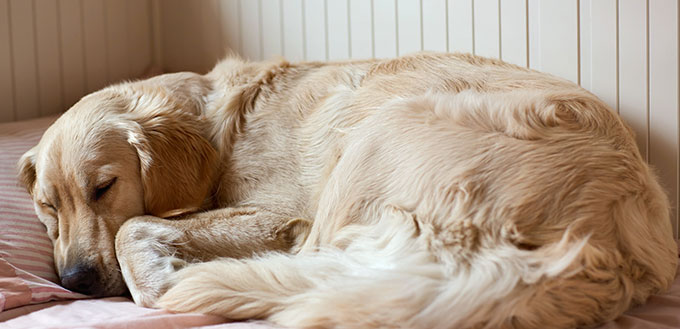
The Curled Up ‘C’
The curled up C means they are cold. Normally, many dogs sleep in this position when they are sleeping on the bare ground or when the weather is relatively colder than usual.
More often than not, it’s puppies who are fonder of this position and will always try to look for ways to feel safe and protected. It’s the same feeling as we humans might feel when snuggling. Don’t be surprised if your canine is sleeping in this position more frequently. It’s just their own way of keeping themselves warm and secure.
Face Down on Their Stomach
This is very commonly seen in dogs, whereby they keep their face down and their whole body on their stomach. They do this after intense physical activity. That’s just their way of relaxing their muscles. This position is also common among puppies, who like to rest when they feel exhausted and eventually fall asleep.
If you are the parent of a brachycephalic canine (dog with a short skull and snout), you are most likely to see your dog sleeping in this position. This breed of dog has trouble breathing typically. Hence, facing down while sleeping helps them breathe better. Other breeds might do so when they want to cool themselves.
Just so you are sure about who we are talking about when we say brachycephalic canine, we have included some examples below:
- Bulldogs
- Pugs
- Pekingese
- Chow Chows
Side Sleeper
Even we humans think that sleeping on our sides is one of the comfiest positions, and so does our pet dogs. In fact, sleeping on their sides is the best position that your dog can adapt. Not only because it’s comfortable, but because it makes them feel more relaxed.
Additionally, this sleeping position tells us that your dog feels secure, safe and relaxed enough to reveal his or her vulnerable parts. When your furry friend is sleeping in this position, it also means that they are sound asleep, buried deep within their dreams. At times, they might even show some twitching or slight movements of which you, as the dog parent, must be careful of.
Lay Down – Conventional Dog Sleeping Position
Almost every dog does this. It’s a combination between the upside-down position and the curled-up positions. Your canine does this especially when it’s time for their nap or short rests. It’s a sign that they are relaxed but are also alert about their surroundings. For instance, if your dog is home alone or they have just eaten a meal, they might take in this position.
The Superman
Interestingly enough, your dog may adopt the superman position too while sleeping. That’s when we would call them out as the Super-Pup! That sounds more appropriate.
So, any dog (or even your cat) who falls asleep on their stomach down with their legs stretched all outwards is drawn to the Superman position. This position is more commonly seen among restless puppies. They inhibit this position because it’s easier for them to wake up and jump right into playing or other notorious activities that they are always up to. Therefore, the Superman position indicates that your pup is full of energy and fun!
Back to Back
Do you have more than 1 dog at your home? Chances are you might have seen them sleeping back-to-back! Some wild dogs have the tendency to huddle together for extra protection and warmth that sleeping back-to-back gives them.
Nonetheless, pups can sometimes do this with their hooman, too. It’s their way of showing that they are bonding with their human companion. Plus, it also means that they trust their human one-hundred percent! You are fortunate if your pup crawls into your bed and presses their back against you. It’s just some extra love that dog parents crave for.
The Passed Out
It’s mostly indoor canines who opt for this passed out position. It’s like as if they have had a really tough Monday! On that note, they would lay on their back to cool themselves and put their legs up against the sofa or a wall.
However, this position has got two meanings; either your pet dog has expended all their energy during the day, or they are really, really happy, relaxed and content. They sleep so soundly almost as if they are passed out! And canines who tend to sleep in this position are very confident about themselves. Also, they can adapt to almost every new, different situation that they will come across their life.
Other Sleeping Positions:
Apart from the sleeping positions that we have mentioned, there are a lot of different sleeping positions that you may notice in your dog. Of course, we have listed the most common ones that we all come across. And your unique dog may have their own positions, too!
Your canine may show some movements while sleeping; that’s mostly because of their dreams. Others twitch, which may be because of a number of reasons (behavioral issues, health-related issues, etc.). The funniest one is probably snoring. Does your furry friend snore and wake you up at the middle of the night? We’re sure you do too!
Do take note that not all of their positions have a meaning. Every canine has their own quirks and personality; therefore, they will hinder to their favorite sleeping position accordingly.
How Much Sleep Do Dogs Need?
Evidently, sleeping is one their best abilities. On that note, we wouldn’t generalize the amount of sleep your dog needs. That’s because it depends on a lot of factors such as the dog’s age. Until around the age of 12 weeks, a dog is able to sleep up to 20 hours a day, and that’s totally acceptable. Once they are a year old or so (adult dogs), need at least 13 hours of sleep in a day. While older dogs must sleep 18 hours a day. And it’s not abnormal for your sick, old dog to sleep longer.
Again, it’s imperative for your dog to get a good sleep. It’s because of the amount of time your dog spends while sleeping is the time when they recharge themselves and absorb their daily learning. Not to forget about how it contributes to the overall well-being of the animal. Make sure that your furry friend rests well throughout their day, especially the time when they are still a puppy.
Most of the time, puppies develop behavioral issues like anxiety, lack of interest in learning, lack of energy and sluggish behavior if their sleep is interrupted. We highly recommend you to make sure that your dog has their own private space that is quiet and safe for them to sleep on.
 Disturbing Sleeping Behaviors
Disturbing Sleeping Behaviors
While your canine is fast asleep, you may already be able to guess some of the clues about the quality of sleep they are getting from their behavior. Sleeping heals and repairs. And did we mention about Rapid Eye Movement (REM) sleep, perhaps the deepest stage of sleep, that’s the most restorative?
You, as the dog parent, might pay a little more attention to some of these signs and behaviors and you will make some fantastic discovery.
Related Post: Why Do Dogs Sleep with Their Eyes Open?
- Circling and Digging:
It’s totally normal for dogs to go around in circles when they are playing around or dig a bit before they finally hit their bed. This behaviour takes us back to their wolf ancestors, who would often walk over grass, snow, leaves and of course, jungle to make themselves feel comfortable. Similarly, your pet dog will try and dig a hole in order to keep themselves cool in summer and warm in winter.
And about the circling behaviour, it’s an instinctual thing for dogs who tend to go around in a circle quite a few times before they can finally lay down. If it seems like they are doing it in excess, it might be a sign of arthritis or any neurological issue. Consult your vet!
- Dozing Off at Random Places
Only when a dog is bored, that’s when he or she would doze off at almost anywhere during the day. This is not very favourable. It means that your furry companion is looking forward to something interesting to come along their way, which you are unable to provide them with.
However, watch for your dog’s ears and see if they have any movement when there’s a noise. This means that they are still reasonably alert about their surroundings and are looking for something that may fascinate them. Perhaps, it’s time for some fun; play fetch or take them out for a walk!
Related Post: Automatic Fetch Machines
- Twitching or Wagging:
Twitching and wagging seem like normal behaviour. They do this when they are the most restful. Twitching, tail wagging, occasional grunts and barks and leg kicks are ubiquitous signs while sleeping. Movement during sleep is more common among puppies and hyper dogs than older ones, and there has been no scientific explanation to this. Most unpopular reason for twitching during sleep is if the dog is feeling cold. The little movements are their body’s way of warming up. Check if your canine is cold and possibly move him or her to a warmer place. And if not, give them a blanket!
- Signs of Distress
It’s not unlikely for your canine to have nightmares. And this is actually a serious issue that you may need to look up to and take steps to minimise it. An agitated dog will whimper, bark and move more in their sleep than a healthy dog. You need to act up fast. Calm him or her down!
Gently stroke their back or sides and use some soothing tones. In that case, your dog may wake up from their sleep, or they might just as well relax and continue to sleep. Whichever it is, what’s more, important for you is to comfort your canine.
- Seizures
Sometimes it’s not twitching, it could be a seizure. When your dog starts showing signs of seizures, it’s time they need immediate vet attention. If your instincts tell you that your canine’s movements are unusual, call him out by taking his name and wake him up. If he wakes up immediately, it could be a sign of an intense dream.
Related Post: Best Dog Food for Seizures
On the contrary, if your furry friend doesn’t respond to your calls, instead continues to shake or feel stiff, we are afraid that your canine needs an expert’s help immediately. Therefore, it’s really important that you observe your pet dog’s sleeping habits once a while and evaluate some differences. Their sleeping habits tell a lot about their overall health and not to forget about their mental health.
Can a Dog Suffer From Sleep Deprivation?
Yes, it is possible for a dog not to get enough sleep. Dog patients with respiratory problems or the ones who are pretty much overweight might have breathing problems do not get enough sleep. This problem, in turn, leads to chronic fatigue and very low energy levels. Although these are sporadic cases.
Other scenarios include older, senile dogs who are possibly suffering from sleep disturbance. What happens to them is, their sleeping schedule gets turned around. They sleep all throughout the day and may not sleep at all at night, which leads them to wander around, bewildered. Again, these are not very common cases but have been few cases in some parts of the world.
How to Improve Your Dog’s Sleeping Pattern?
You have already done more than enough things to ensure that your pup is safe and happy. Even after so much effort, if your dog seems to have trouble when sleeping, there are strategies to fix them, too. Take a look:
- Develop a routine: Try and follow the exact same routine every single day without bringing about any change. Starting from their meals on time, playing, walking, sleeping, everything should be done in a timely manner.
- Complete Nourishment: Make sure that your dog is getting a proper diet along with all the important nutrients in their body.
- Plenty of Playtimes: Getting the right amount of exercise contributes to their sleeping habits, promoting their overall health. Don’t forget that play and training are also mental stimulants that keep your canine happy.
- Inviting Sleeping Space: An enticing, cosy sleeping area with nice cushions and soft dog blankets will welcome your dog to sleep.
Bottom Line
There’s nothing more delicate than the form of a sleeping pup. Getting enough sleep is a critical aspect of their health.
Just when you see that your furry friend is about to doze off, do a quick mental check of certain things. Is your dog sleeping enough? Is he sleeping too much? What must their dream be like? Are they moving too much during their sleep?
We hope that this guide helped you answer a lot of your questions that you had in your mind. Understand your dog’s sleeping patterns and promote their sleeping habit. It’s like improving health and happiness in one of your family members.
Which position does your pet dog sleep in? Do you think that your little pupper dreams a lot? Let us know all the funny positions you’ve found your dog sleeping in the comments below!
Sources:
- Giovanna Boldrini, 6 Doggy Sleeping Positions That Will Tell You A Lot About Your Beloved Pup, Little Things
- Jennifer Coates, DVM, 5 Dog Sleeping Positions and What They Mean, PetMD


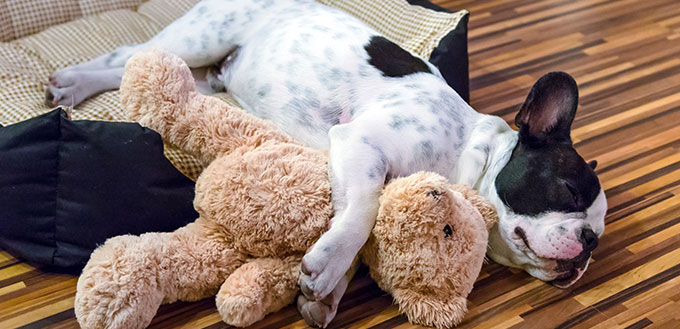 Disturbing Sleeping Behaviors
Disturbing Sleeping Behaviors





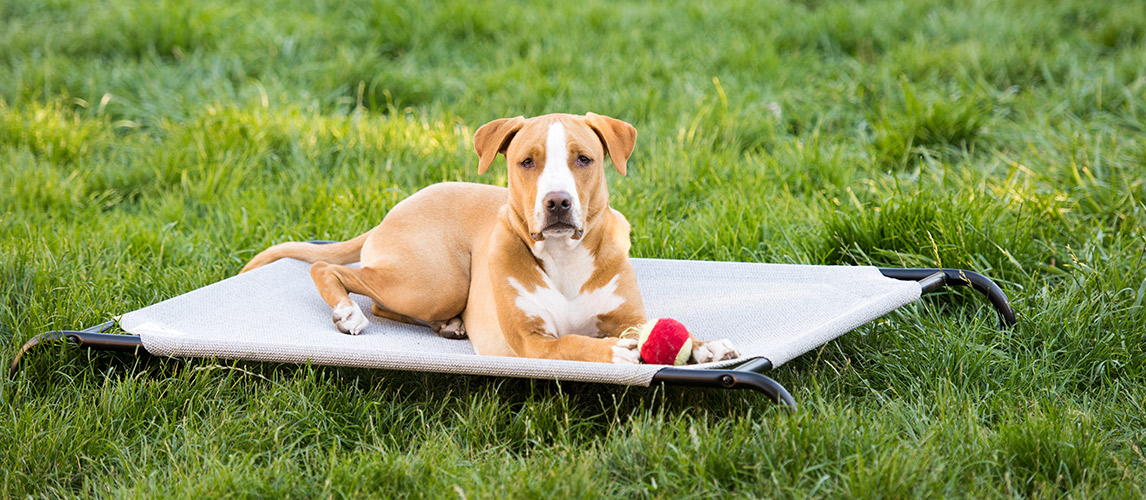
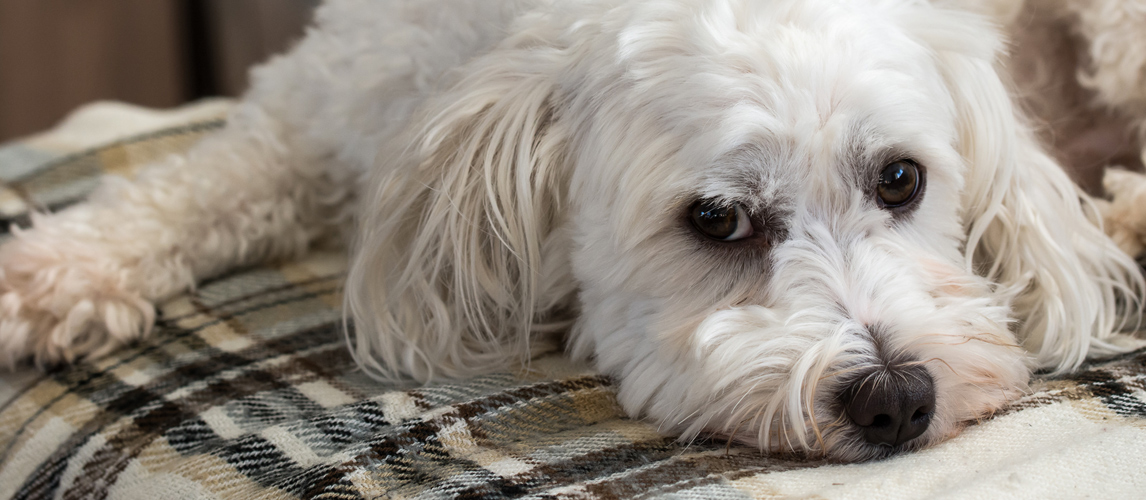
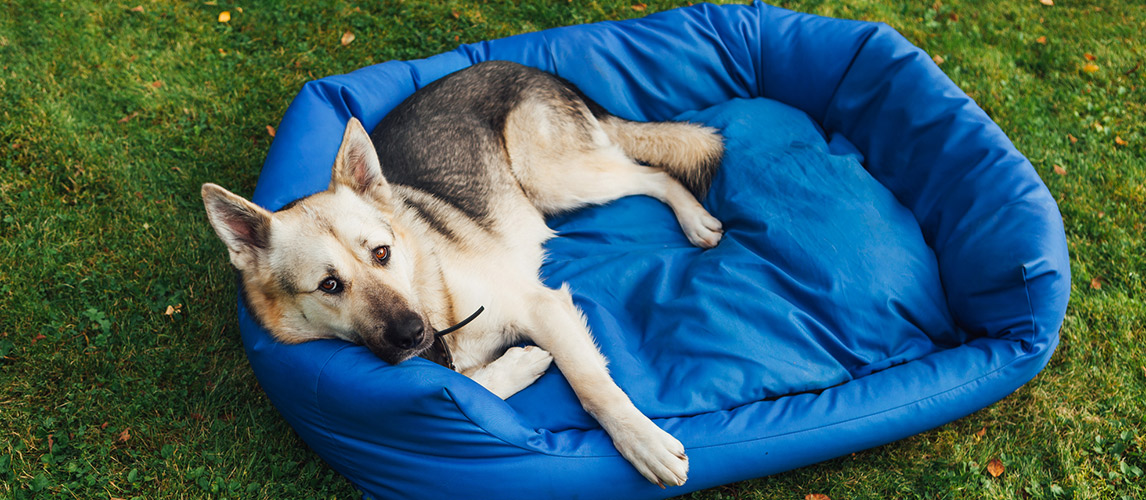
My dog sleeps voluntarily in a hog tied position 🐶 but only on my bed. Not on the couch or loveseat. JackFrost is six years old today, my American Eskimo Dog!